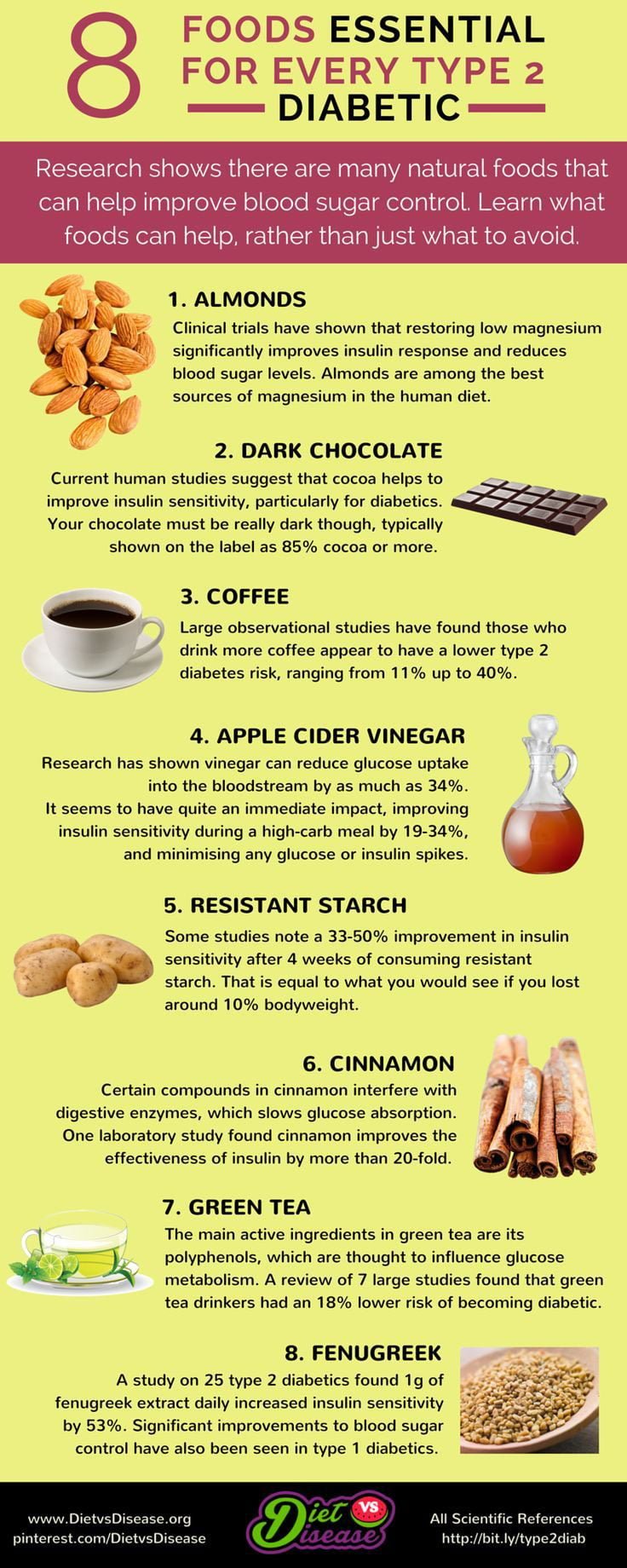Reversing type 2 diabetes
There is no cure for type 2 diabetes, but there is scientific evidence for reversing type 2 diabetes. It is possible, without medication, to reach normal blood sugar levels and maintain them by losing weight and changing your diet. You are however not completely cured. According to Ann Albright from the CDC, ‘reversal’ means going off medication but still engaging in lifestyle changes in order to stay off medication.
So how to reverse type 2 diabetes?
Research has revealed that the accumulation of fat in the pancreas causes type 2 diabetes. The researchers have proven that reversing diabetes is made possible by losing a single gram of the fat in the pancreas by way of weight loss.[1]
Type 2 diabetes is a long-term condition due to too much glucose in the blood and has typically been regarded as a progressive condition. It’s initially managed by diet then tablets, but might need insulin injections eventually. It impacts 9% of the global population and was once referred to as adult-onset diabetes but is now seen in young adults as well as children. It causes an excess of blood glucose as a result of the pancreas not making enough insulin, together with insulin resistance. Insulin is a hormone that breaks down glucose into energy in the cells. Insulin resistance is a condition in which the body responds poorly to insulin
18 individuals having type 2 diabetes together with 9 individuals who didn’t have diabetes took part in the study. Their fat levels in the pancreas were measured, as well as weight and insulin response pre and post bariatric surgery. Elevated levels of fat were found in the pancreases of the individuals having type 2 diabetes. The study participants had been chosen to undergo gastric bypass surgery. They were measured prior to the surgery then again 8 weeks after. Individuals having type 2 diabetes stopped their medication immediately after the surgery.
The identical amount of weight was lost by both groups, about 13% of initial body weight. The amount of fat in the pancreas didn’t change in the individuals without diabetes, but went down to normal levels in individuals having type 2 diabetes. This indicates that too much fat in the pancreas is specific to type 2 diabetes and prevents normal insulin production. Insulin secretion goes back up to normal levels if that excess fat is eliminated. This means that diabetes has been reversed.
Losing weight enables excess fat to drain from the pancreas and enables the return of normal function. So 1 gram of weight must be lost to reverse diabetes. That gram must be from the fat in the pancreas though. And the way to do this is by restricting calories.
The pancreas fat levels went down by 1.2% during the 8 weeks in individuals who had started with type 2 diabetes. The average pancreas in an individual with type 2 diabetes has a volume of 50 ml. This is equal to about 0.6 grams of fat. But there was no change in the fat levels in the pancreases of the individuals who had never had diabetes. This demonstrates that the pancreas fat increase is specific to individuals who have type 2 diabetes. Individuals also differ in the amount of fat that can be tolerated in the pancreas prior to type 2 diabetes taking place. Regardless of how weight is lost, the critical factor in reversing type 2 diabetes is losing that 1 gram of fat in the pancreas.

image Source – dietvsdisease